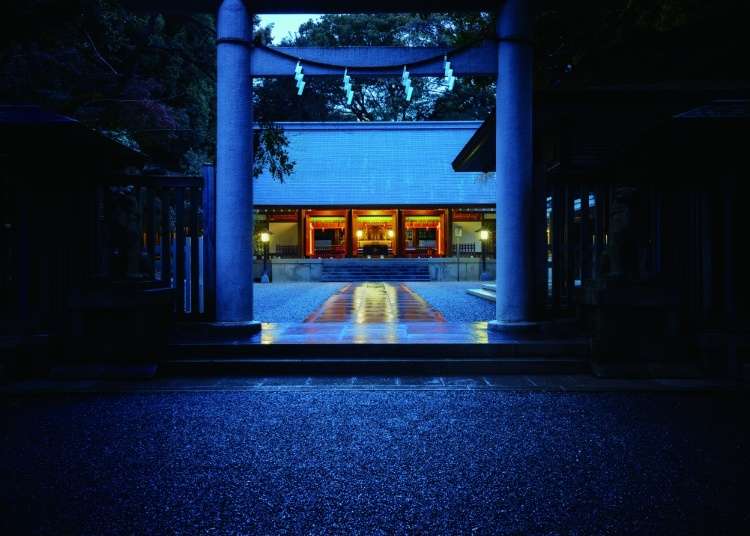
Nogi Shrine – Discovering Modern-Day Shinto and the Real Last Samurai
- Written by: Pamela Drobig
Nestled between the busy nightlife district of Roppongi and the stylish commercial area of Akasaka lies a place of modern-day Shinto worship, dedicated to someone who can be called Japan’s real last samurai: Nogi Shrine. Right as I left Tokyo Metro’s Nogizaka Station, I was greeted by a large white torii, the gate that marks the entrance to Shinto shrines all across Japan, as well as two statues of komainu, or lion-dogs, the protectors of the precincts.
The noise of the metropolis was quelled by this very atmosphere as soon as I took my first steps onto the shrine grounds – it almost felt like entering an entirely different world. Large trees cast their cooling shadow on me, the air felt fresh and clean, and the soft murmuring of the water in the temizuya, the basin used for ritual purification before prayer, welcomed me to an entirely different part of modern Tokyo.
Entering the Realm of Kami
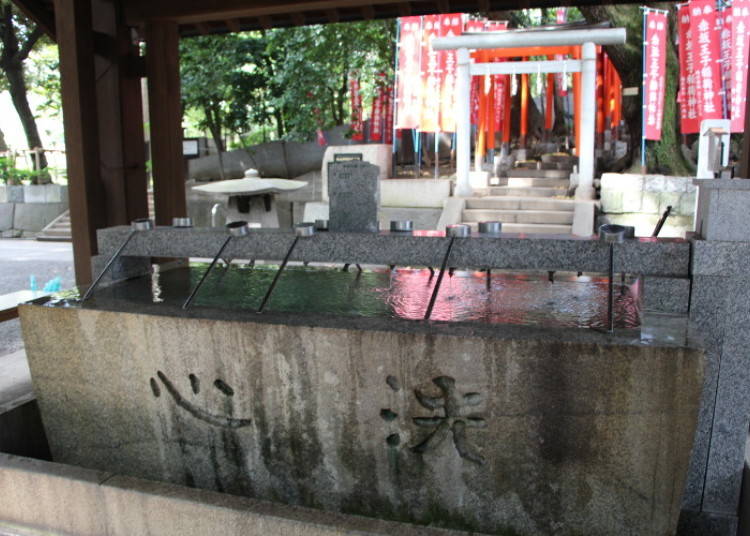
Despite this calm, soothing atmosphere and the genuinely beautiful scenery of Nogi Shrine, I did feel a bit queasy. If you’ve ever been to Japan and experienced the amazing, mystical atmosphere of a Shinto shrine for yourself, you’ll likely ask: why queasy? The reason for that is the kami that Nogi Shrine is dedicated to.
Do you know what a kami is? In Shinto belief, kami are a kind of spiritual deity and there are virtually billions of them. A mountain, a river, or a tree can be a kami, then they are local deities. But there are also great kami worshiped in many places, such as Inari Okami. Shrines all over Japan are dedicated to her. Nogi Shrine is a bit of a peculiarity, though, as the great kami enshrined within was an actual living, breathing person: General Maresuke Nogi, who committed seppuku, ritual suicide by self-disembowelment, on the 13th September of 1912.
A Rendez-Vous with General Nogi, the Last Samurai
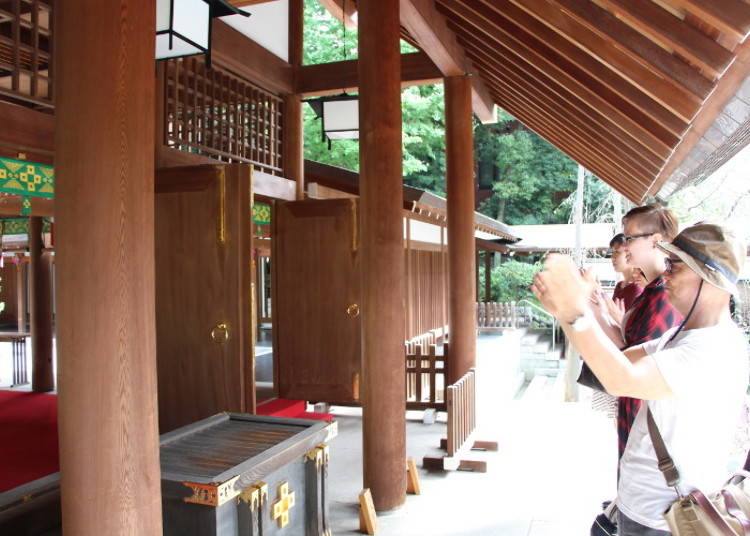
Are you getting a slight idea why I mentioned the “real last samurai” in the title of this article? Seppuku, sometimes called hara-kiri, is the true samurai way of dying, done to pass with honor, an atonement for one’s mistakes and failures, and sometimes even carried out as punishment.
In General Nogi’s case, it was not just seppuku, it was junshi – the act of following one’s master into death. His master was Emperor Meiji, and the 13th September was the day of his funeral. When the casket of the deceased Emperor left the palace for the funeral procession, the General and his wife, Shizuko Nogi, ended their lives in their home in Tokyo.
Having this history in mind and knowing that the shrine was dedicated to General Nogi, I stepped up to the offering box, tossing in a coin before bowing twice and clapping twice to pray. In the brief moment of silence, the time when you directly address the kami, I couldn’t help but wonder what to ask of General Nogi.
How to Become a Kami: Atonement and Conviction
Nogi’s death was interpreted in many ways, while his own suicide note talked about atonement for the various mistakes he had made during his military career. One of the most prominent being the high losses at the Siege of Port Arthur. It was the battle that ended the Russo-Japanese War in 1905 in Japan’s favor and although General Nogi won the battle, it had cost about 15,400 Japanese soldiers their life – a number that he made himself responsible for.
There have been numerous people who have committed seppuku or junshi, so what made Maresuke Nogi special? His ritual suicide was controversial. Many saw it as the ultimate act of loyalty, an important statement about upholding traditional values in a time where those played less and less of a role.
Others were shocked that a modern man of the Meiji era, committed an act that was outlawed as outdated by various feudal lords in the Edo period. This is why Maresuke Nogi has the unofficial nickname of the 'real' last samurai, having followed bushido, the samurai honor code, for his entire life – and even ending it in a way that hardly anyone in the early 20th century had expected.
Of Photos and Feelings: The General's Wife
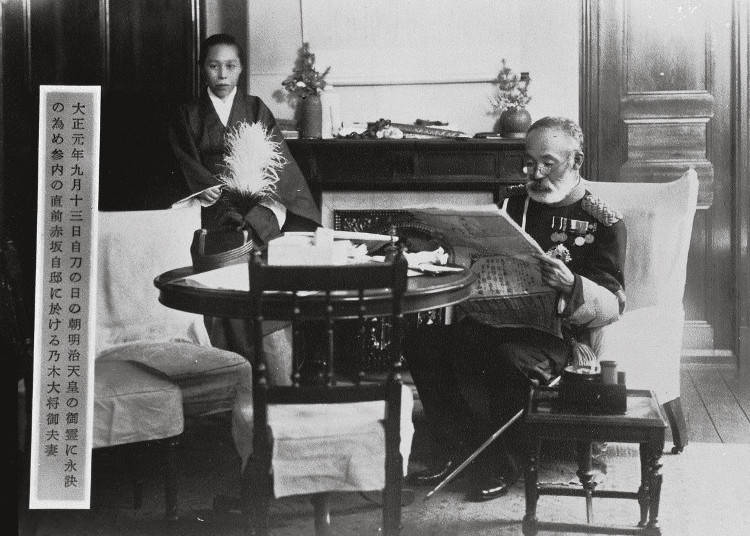
Right next to the main shrine is a small room with various exhibits surrounding the Nogi family’s life, as well as two impressive statues of the General and a lot of photos on the wall. One of them was a photography of Maresuke and Shizuko on the morning of the seppuku, and while the General is pictured in a relaxed position reading his morning newspaper, his wife, standing next to him, does seem have a certain glint of determination in her eyes – but that might just be my impression.
Looking at the photo of her staring the onlooker right in the eye, I felt like I wanted to know more about her. General Nogi left a suicide note and his life generally is well-documented but what were Shizuko’s thoughts on that very morning? Did she want to atone for something, like the General, or did she feel like it was her duty to not only follow the Emperor, but also her husband into death? I found myself pondering more about her than her sacred husband in the end.
A Blade that Connects Past and Present
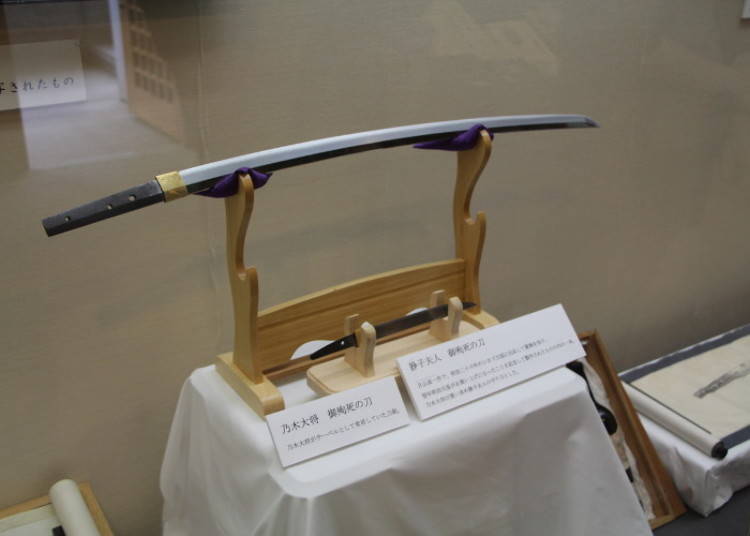
Underneath this photograph, however, is the undeniable highlight of the small exhibition: General Nogi’s sword with which he killed himself, a long, beautiful katana, and his wife’s kaiken, a short dagger with which she stabbed herself in the heart. Next to these two weapons even is a sketch of the katana with the blood of General Nogi still on it.
A shrine and its atmosphere, Nogi Shrine included, usually has a rather otherworldly feeling to it but this room, displaying photographs of actual people and the actual weapons of ritual suicide, is a unique bridge between the enigmatic realm of Shinto and the real world. I felt a chill run down my spine – but not an unpleasant one. Rather, I was intrigued by not only the Nogi story but by the connection between their act and Shinto worship.
Discovering Shinto in an Empty Room
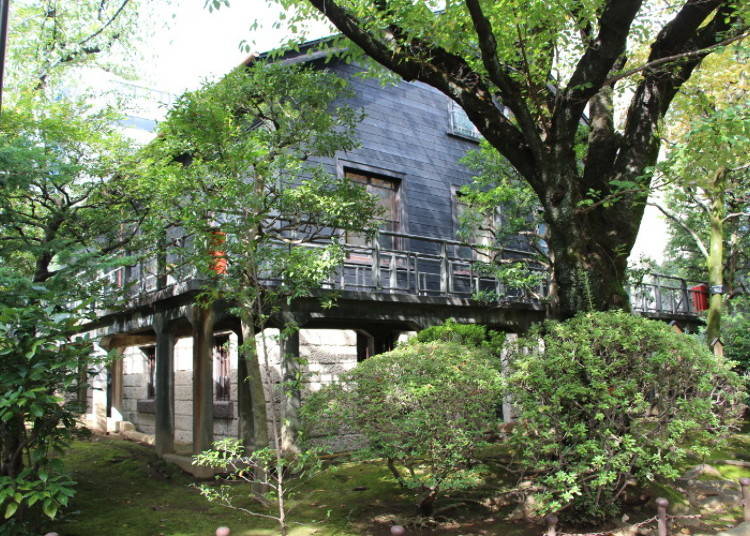
These thoughts stayed with me even as I made my way through the beautiful, lush garden adjacent to the shrine, determined to take a look at the Nogi Residence. The building is open only once a year, on the 12th and 13th September but a walkway leads around the house, allowing glimpses inside. The most intriguing look is, of course, the one at the room where the couple died in, marked as such by a small sign and pieces of sacred paper.
Looking at it, it is really just a clean, empty room – but of course everybody who stands before it does imagine the couple in their last moments. Looking beyond the visible is what Shinto is all about, after all. Feeling and honoring an unseen presence, finding beauty in evanescence, these beliefs shape Shinto today just as they did thousands of years ago.
Weddings and Refuge: Nogi Shrine Today
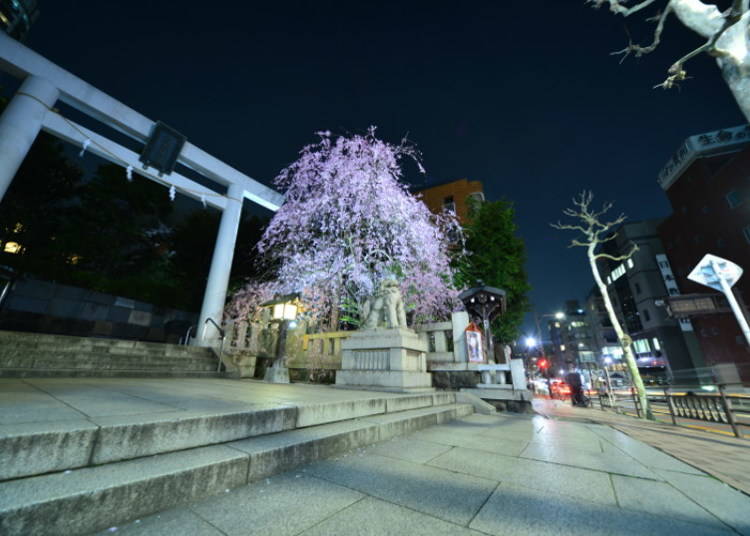
It might surprise you to hear that Nogi Shrine, despite its somewhat macabre story, is an immensely popular shrine for weddings – is being married in a place where another couple died appropriate? Well, according to Shinto belief, a deceased person becomes a kami, an important ancestor that will be worshiped by the family they belonged to. And Maresuke and Shizuko Nogi, who died at the same time, also crossed the figurative bridge to the world of kami together.
Death is not a bad thing for Shinto believers, it is just as natural as the feeling of sun on your skin or a clear autumn sky. More than the death, it is the mutual understanding and resolve that the couple shared, showing a very strong bond between the two of them – this connection is an inspiration to many lovers visiting Nogi Shrine.
Why is Nogi Shrine such an excellent example of modern-day Shinto? Because it vividly demonstrates how the world of kami does not have to be an abstract one at all – from the young couple who thinks about getting married to the tourist seeking a refuge from the loud and busy metropolis, Nogi Shrine’s calm, enigmatic atmosphere is sure to inspire. Do you dare to enter the Shinto realm?
Having graduated in Japanese Studies in Berlin, she returned to Japan in 2014. She focuses on writing and translations from Japanese to English, contemporary culture and society, as well as history and lore of Japan.
- Area
- Category
*Prices and options mentioned are subject to change.
*Unless stated otherwise, all prices include tax.
Popular Tours & Activitiess
Recommended places for you
-

Ueno Zoo (Ueno Zoological Gardens)
Zoos, Aquariums & Botanical Gardens
Ueno
-

The Tokyo Station Marunouchi Building
Landmarks
Tokyo Station
-

Tokyo Disney Sea®
Theme Parks
Chiba Suburbs
-
Events

Tokyo Tower
Landmarks
Roppongi
-

Tokyo Metropolitan Government
Landmarks
Shinjuku
-

Senso-ji Temple
Temples
Asakusa
-

Keisei × Keikyu 16-Temple Goshuin Tour: Discover Deeper Tokyo & Yokohama
by: Guest Contributor
-
Ad

Preserving the Beauty of World Heritage Site Shirakawa-go for the Future Through Responsible Travel
-

Tokyo City Pass Upgrade: Harry Potter Studio Tour & Top Sights up to 85% Off
by: Guest Contributor
-

Simply Oishii Wagashi School Discover Japanese Culture Through Wagashi: A Hands-On Experience!
by: Guest Contributor
-

[Extended Offer!](12% OFF KKday Coupon) Mt. Fuji Autumn Leaves, Powder Snow & More! 15 Best Tours to Experience Japan in Fall & Winter
-

How to Get Don Quijote's Exclusive 2025-2026 Winter Gift (+Tax-Free Savings)
Inspiration for Accommodations
-

Enjoy Mt. Fuji from the Comfort of Your Room! Recommended Ryokan with Mt. Fuji View
-

Stay Near the Cherry Blossoms! Hotels for Cherry Blossom Viewing in Tokyo
-

Family-Friendly Hotels with Free Shuttle to Disneyland: Convenient Access for a Magical Stay
-

Top Ranked Hakone Hotels with Mt. Fuji View: Enjoy Stunning Scenery from Your Private Space
-

Convenient Tokyo Hotels with Airport Shuttle: Ideal for Families and Heavy Luggage
-

Stunning Tokyo Tower View Hotels: Enjoy Spectacular Scenery from Your Private Space
-

Convenient Asakusa Hotels with Kitchens: Ideal for Extended Family Visits
-

Experience Luxury: Hakone's 10 Best Five-Star Accommodations
-

Enjoy Mt. Fuji Autumn Leaves! Top Hotels Near the Popular Autumn Leaves Corridor
-

Experience Hakone Fall Foliage from Your Room with Stunning Views
-

(Video) Walking Tour along Narita Omotesando - Quaint Historical Village near Narita Airport!
by: Victor Gonzalez
-

Visiting a Japanese Shinto Shrine – Everything You Need to Know, Step by Step!
-

Ueno Station Area Guide: Fun Ways to Explore Tokyo's Popular Destination (Area Map & Sightseeing Tips)
-

Kanda Myojin: Akihabara's Iconic Shrine of Prosperity
-

Tokyo Station Top 10 Sweets Ranking!
-

Meiji Shrine (Meiji Jingu): Exploring the Sacred Sanctuary of Peace in Bustling Tokyo
- #best ramen tokyo
- #what to buy in ameyoko
- #what to bring to japan
- #new years in tokyo
- #best izakaya shinjuku
- #things to do tokyo
- #japanese nail trends
- #what to do in odaiba
- #onsen tattoo friendly tokyo
- #daiso
- #best sushi ginza
- #japanese convenience store snacks
- #best yakiniku shibuya
- #japanese fashion culture
- #best japanese soft drinks














